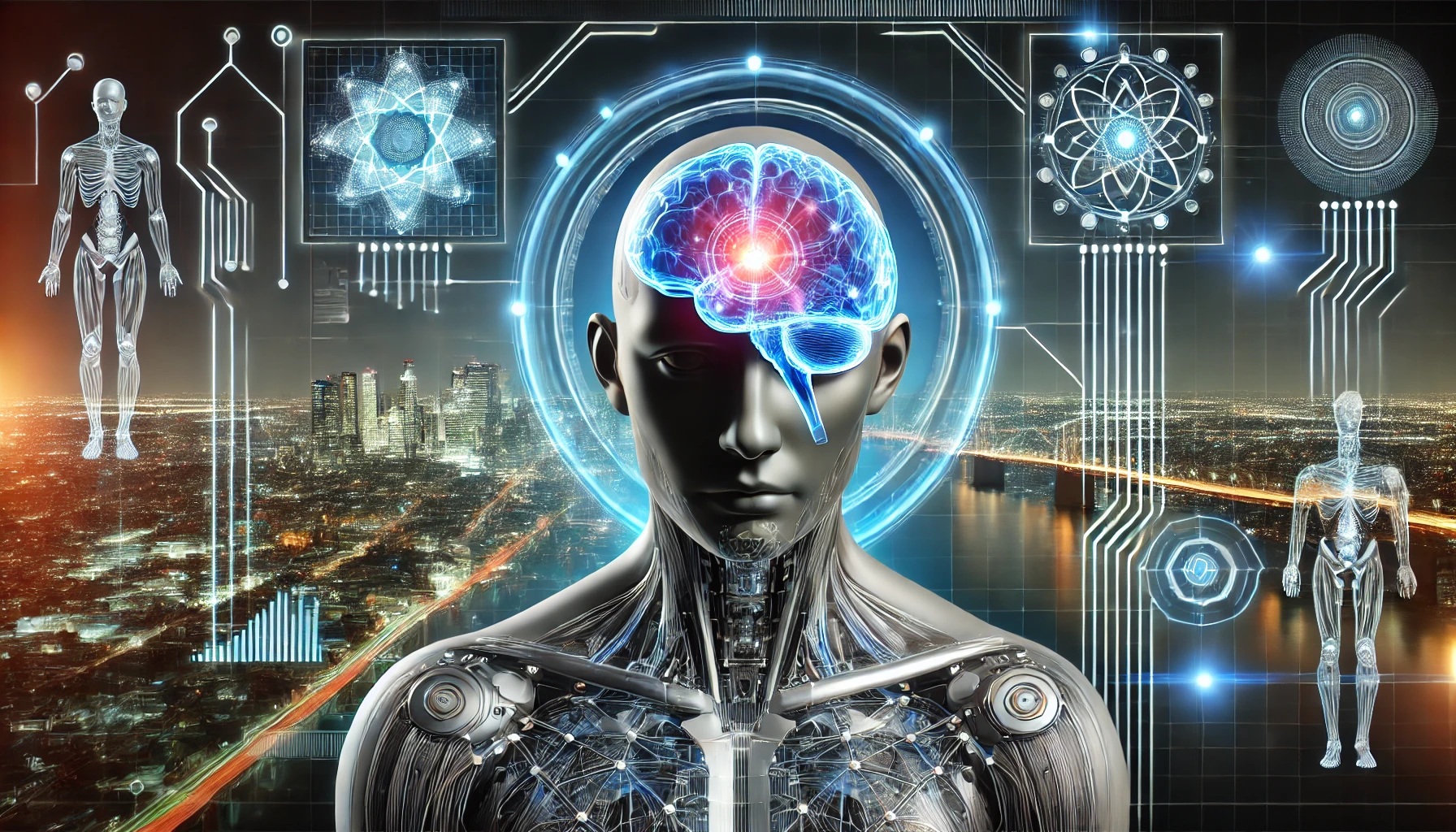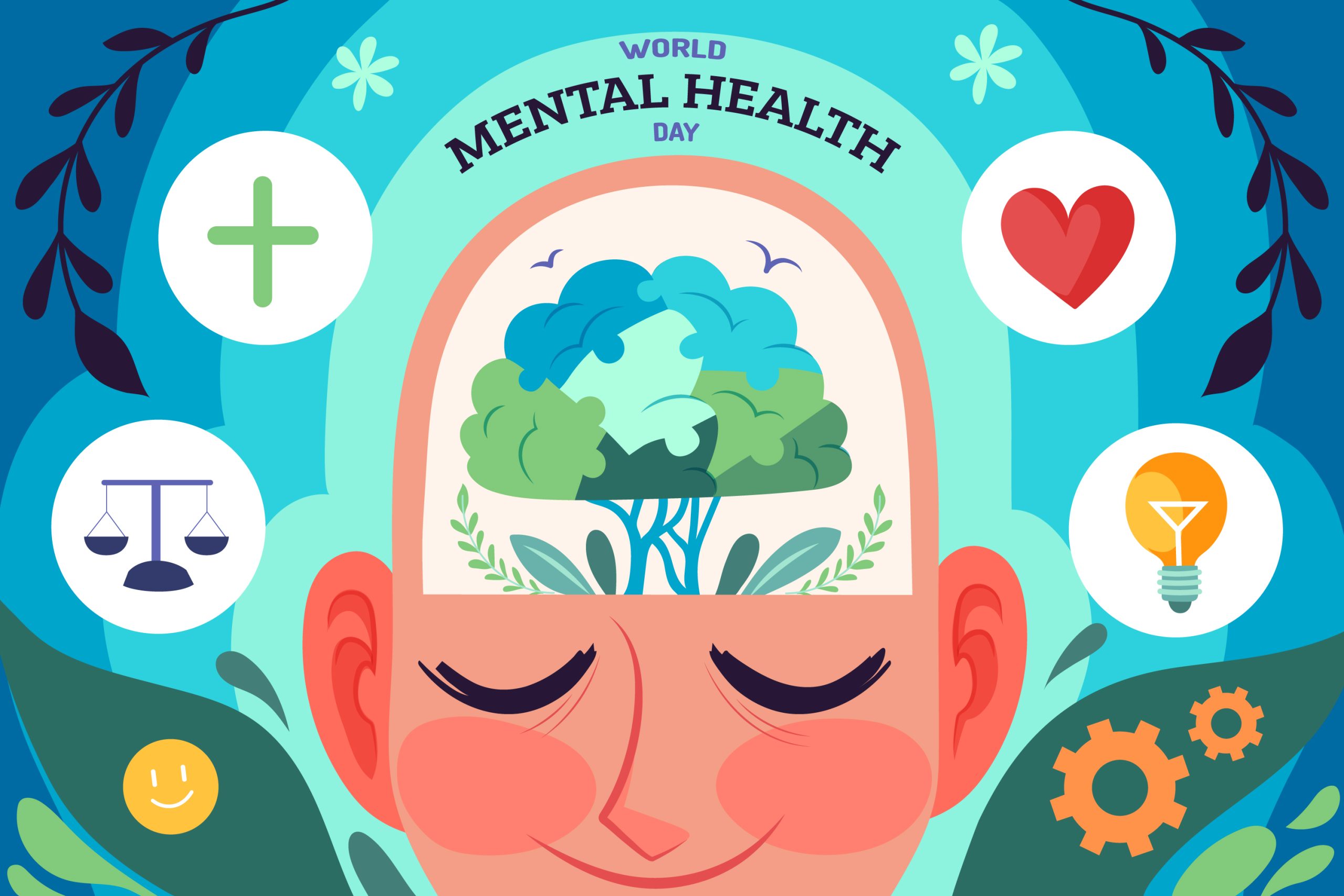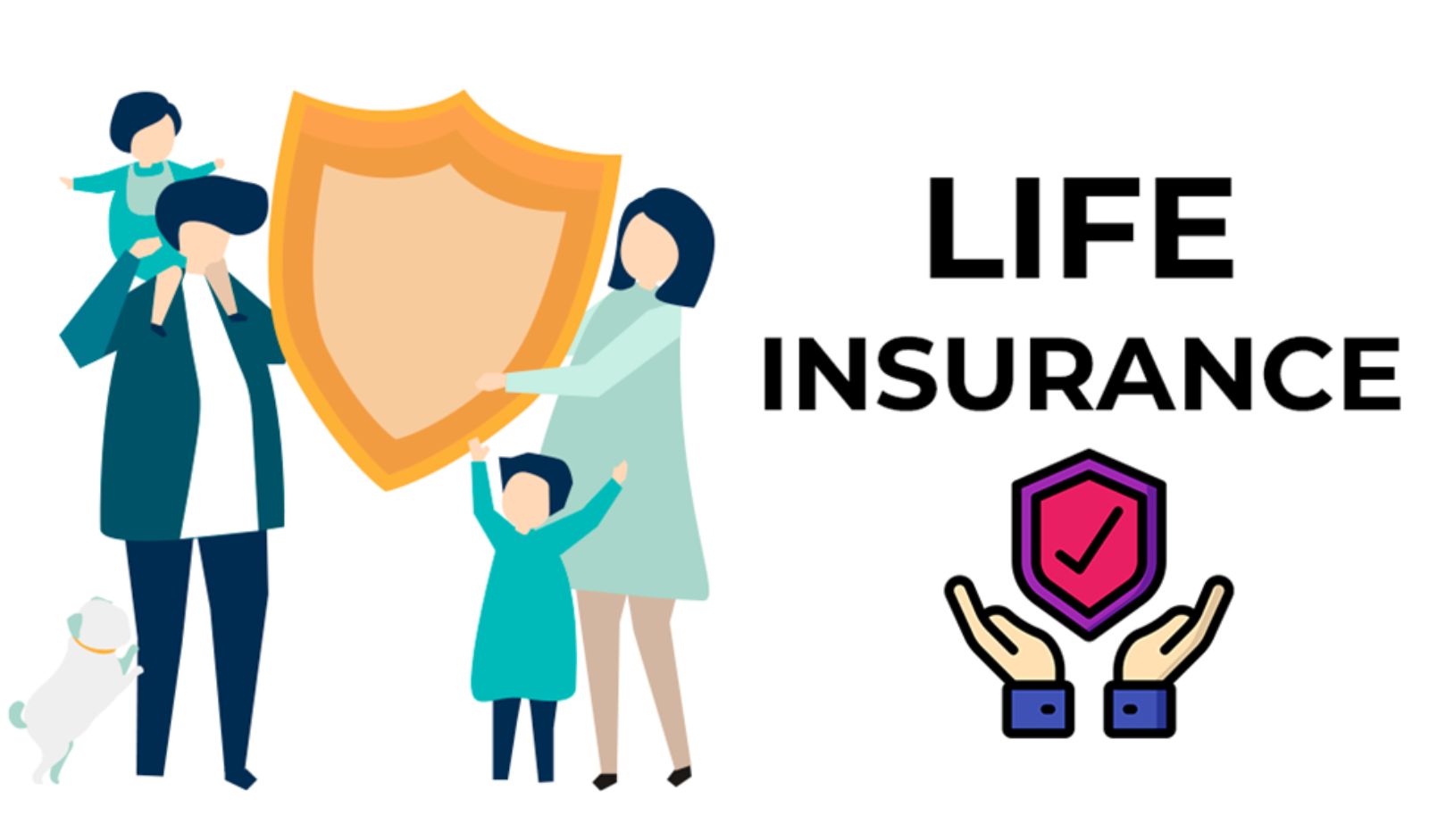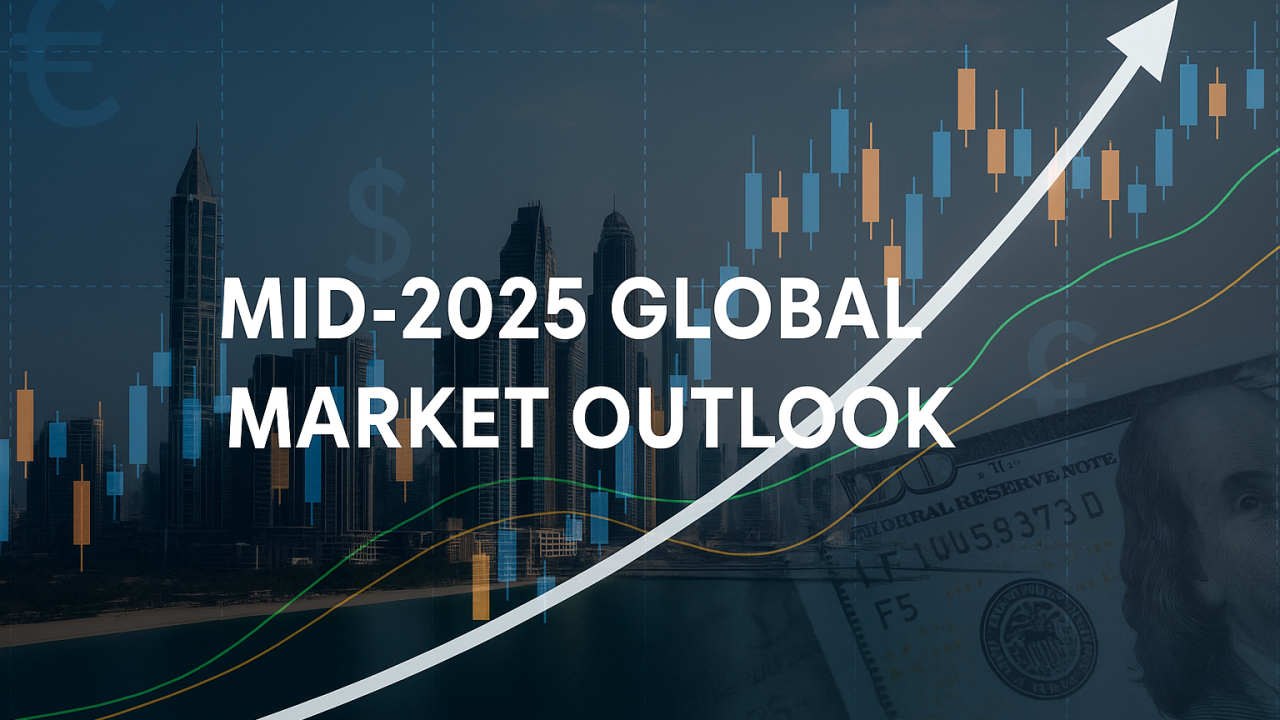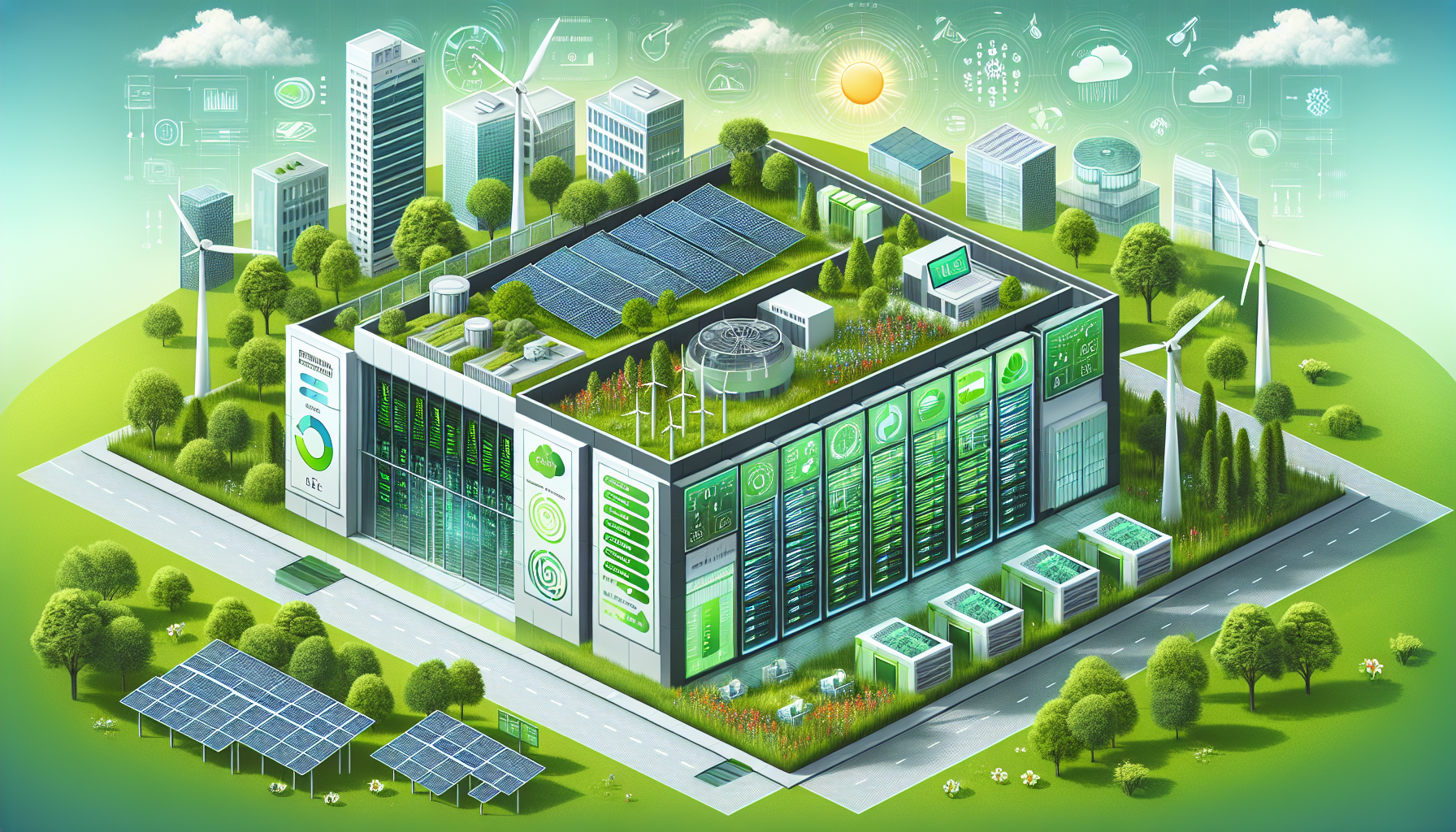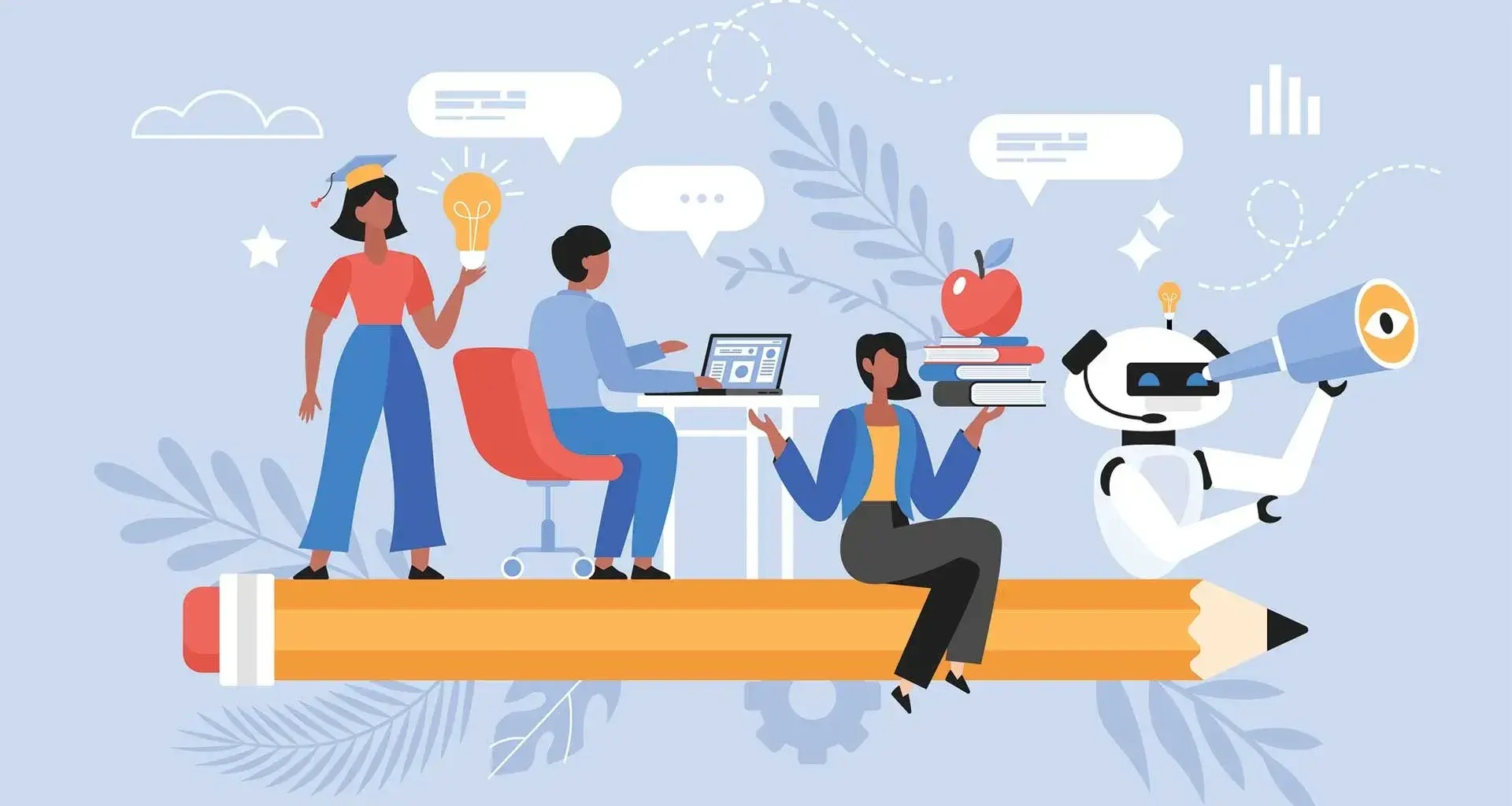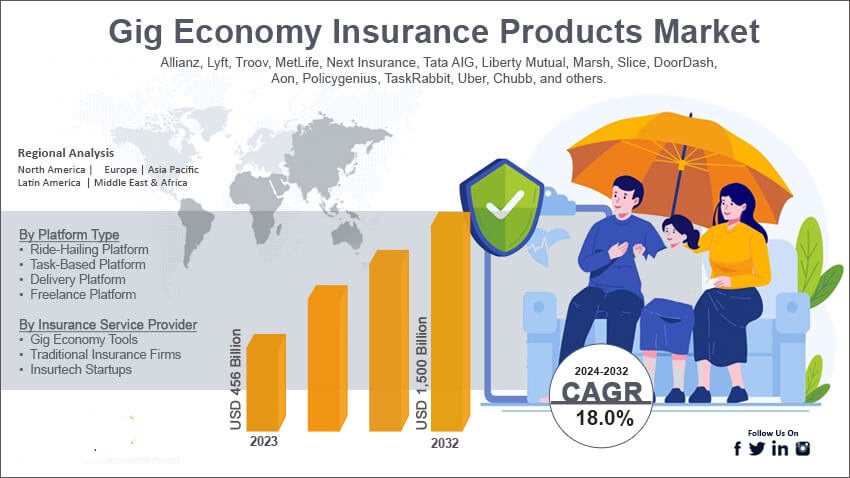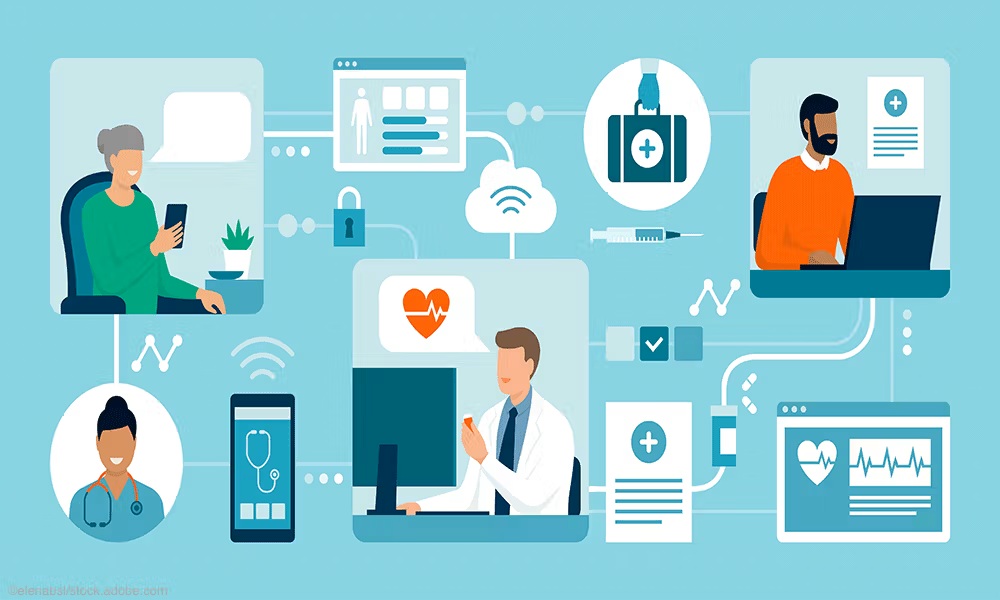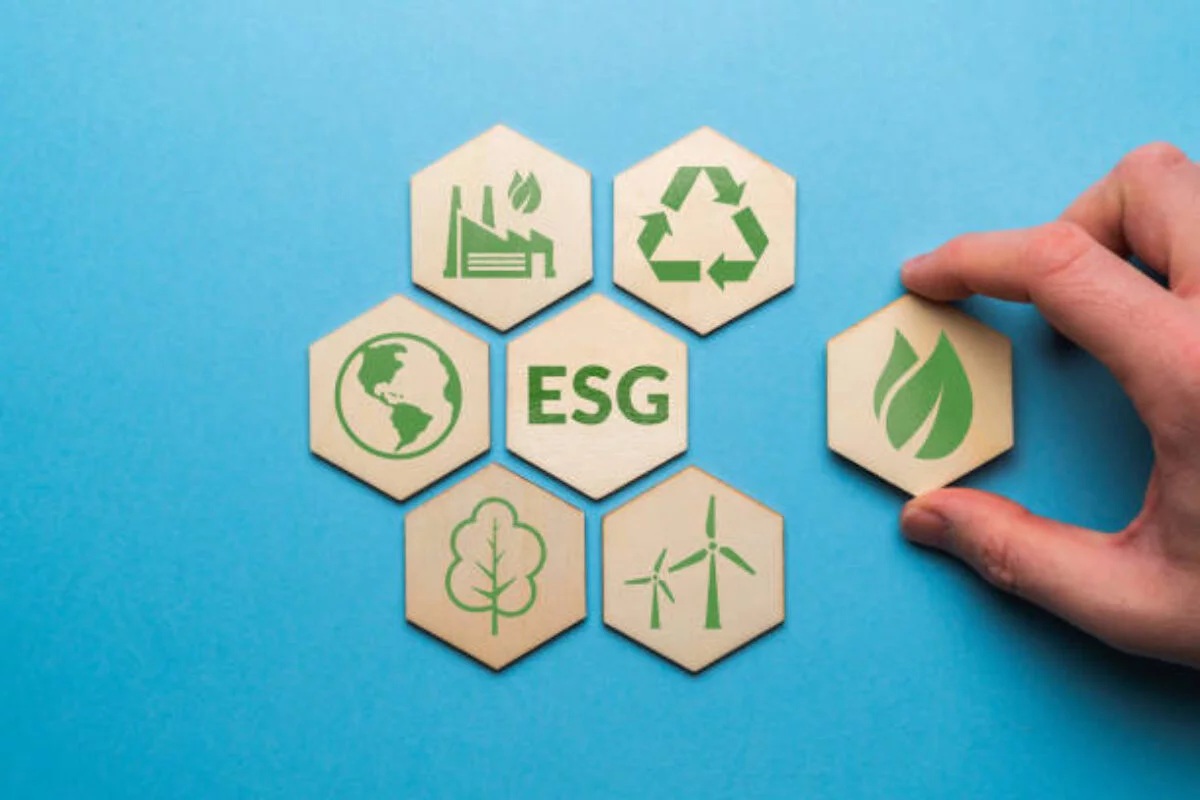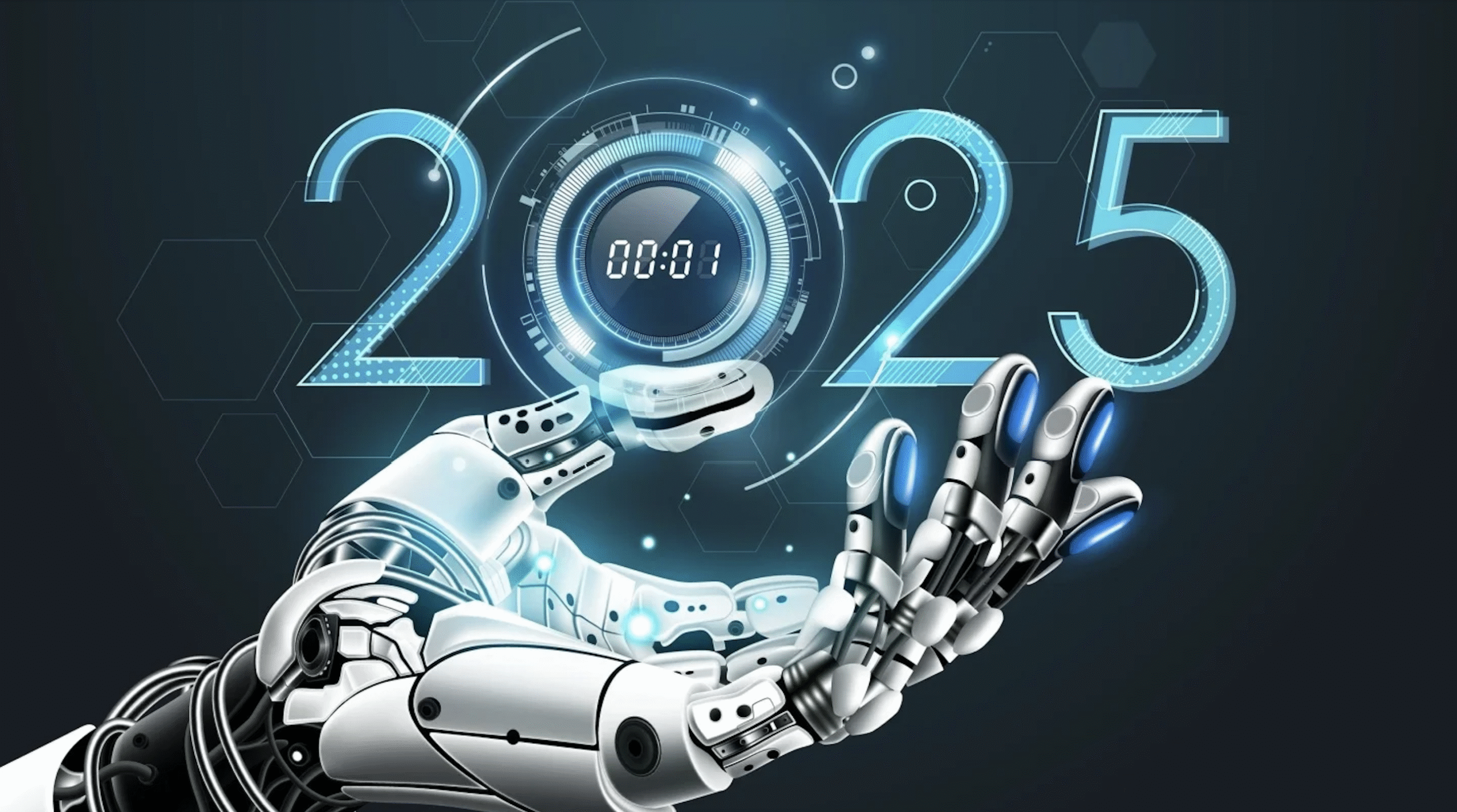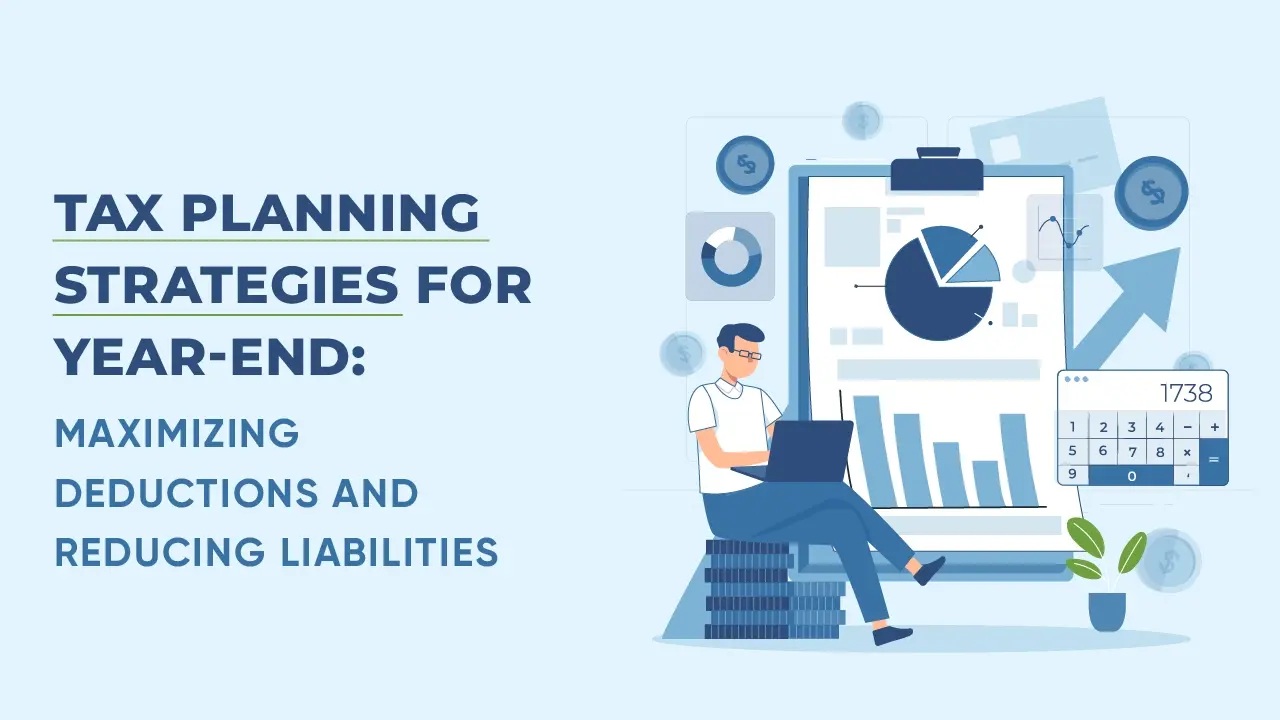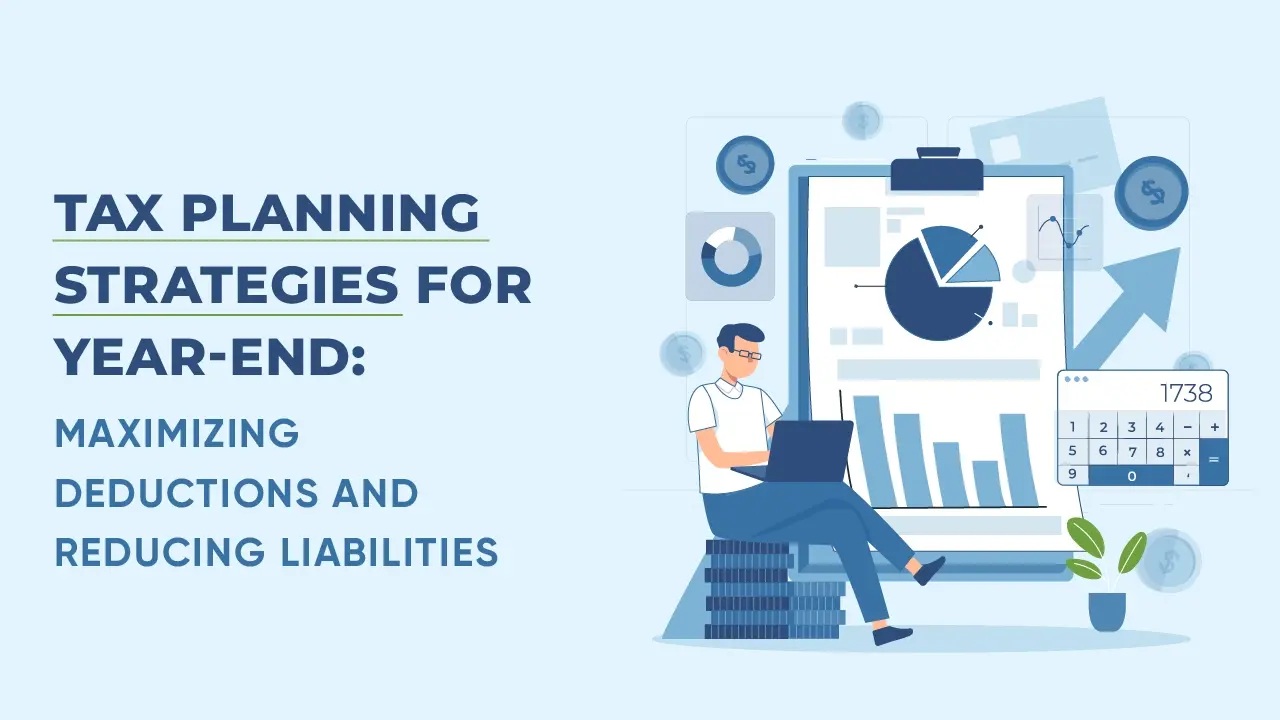Mental health is no longer a taboo subject. In 2025, it’s front and center — and technology is revolutionizing how we diagnose, treat, and manage mental health conditions. From AI-powered therapy to brainwave-monitoring headsets, mental health tech is reshaping the landscape of wellness and personal development like never before.
In this comprehensive guide, we’ll dive deep into the world of Mental Health Tech in 2025, examining the trends, tools, ethical challenges, and future potential of this booming sector.
Table of Contents
- What Is Mental Health Tech?
- Why Mental Health Tech Matters in 2025
- The Global Mental Health Crisis: A Quick Look
- Top Trends Driving Mental Health Tech
- AI-Powered Therapy and Chatbots
- Virtual Reality Therapy: Healing Through Immersion
- Wearable Tech for Mental Health Monitoring
- Neurofeedback Devices and Brainwave Technology
- Apps for Anxiety, Depression, and Stress Relief
- Telepsychiatry: Psychiatry Without Borders
- Digital CBT and Self-Therapy Tools
- Mental Health Platforms for Teens and Kids
- Workplace Mental Wellness Technologies
- The Role of Big Data in Mental Health
- Ethical Concerns in Mental Health Tech
- Data Privacy and HIPAA in 2025
- Accessibility and Affordability of Mental Health Tech
- Mental Health Tech Startups to Watch
- The Future: AI Psychologists and Brain-Computer Interfaces
- Conclusion: A New Era of Digital Wellness
1. What Is Mental Health Tech?
Mental health tech refers to the use of digital tools and emerging technologies to improve psychological well-being. This includes:
- Mobile apps
- AI therapists
- VR exposure therapy
- Mood-tracking wearables
- Digital diagnostic tools
- Online therapy platforms
In 2025, this sector is valued at over $20 billion and growing fast.
2. Why Mental Health Tech Matters in 2025
Mental illness affects 1 in 4 people worldwide. With rising stress, economic instability, and digital overload, the demand for accessible mental health support is skyrocketing. Technology provides scalable, on-demand, and often more affordable solutions than traditional therapy.
3. The Global Mental Health Crisis: A Quick Look
- Depression is the leading cause of disability globally.
- Suicide is the 4th leading cause of death among 15–29-year-olds.
- Over 70% of people with mental illness receive no treatment.
Technology can bridge the gap — offering tools, tracking, and treatment where traditional systems fail.
4. Top Trends Driving Mental Health Tech
- Artificial Intelligence (AI)
- Wearable sensors & IoT
- Big Data and Predictive Analytics
- Virtual & Augmented Reality
- Telehealth expansion
- Digital biomarkers
These trends are converging to personalize mental health care like never before.
5. AI-Powered Therapy and Chatbots
In 2025, AI therapists are smarter, more empathetic, and shockingly effective. Tools like:
- Wysa
- Woebot
- Replika
Use natural language processing (NLP) and machine learning to offer real-time emotional support, CBT strategies, and mood tracking.
These bots are available 24/7, nonjudgmental, and ideal for those hesitant to talk to a human.
6. Virtual Reality Therapy: Healing Through Immersion
Virtual Reality (VR) is now mainstream in therapy.
Use cases:
- Exposure therapy for PTSD, phobias, and OCD
- Mindfulness & meditation in immersive environments
- Role-playing scenarios for social anxiety
Platforms like Oxford VR and Psious are leading the charge.
VR helps patients confront fears safely, repeatedly, and at their own pace.
7. Wearable Tech for Mental Health Monitoring
Wearables do more than count steps now. In 2025, they track:
- Heart rate variability (HRV)
- Sleep quality
- Stress markers (cortisol)
- Skin conductance (EDA)
- Mood patterns via AI
Top devices:
- Apple Watch Series 10 (mood prediction features)
- Whoop (stress & recovery analysis)
- Muse S2 (EEG-guided meditation)
These tools empower users to manage their mental health proactively.
8. Neurofeedback Devices and Brainwave Technology
Neurofeedback trains the brain to regulate itself. In 2025, lightweight EEG headbands like Neurable and Muse let users:
- Increase focus
- Reduce anxiety
- Improve emotional regulation
These devices use real-time brainwave monitoring to guide users toward healthier patterns.
9. Apps for Anxiety, Depression, and Stress Relief
Mental health apps are more sophisticated and science-backed than ever. Popular options in 2025 include:
- Headspace (meditation, sleep, CBT)
- Calm (mental fitness & guided relaxation)
- Sanvello (CBT tools for stress and depression)
- Moodpath (personal mood journaling with AI feedback)
These apps offer daily support, coping tools, and even clinical pathways for serious cases.
10. Telepsychiatry: Psychiatry Without Borders
Virtual psychiatry is booming. In 2025, licensed psychiatrists offer:
- Online diagnosis
- Prescription of medications
- Crisis intervention
- Follow-up sessions
Platforms like Talkiatry, Sesame Health, and Amwell bring psychiatric care to underserved populations via secure video calls.
11. Digital CBT and Self-Therapy Tools
Cognitive Behavioral Therapy (CBT) is the gold standard for treating anxiety and depression. Now, digital CBT platforms make therapy accessible at scale.
Tools like:
- iCBT modules
- Interactive workbooks
- Gamified learning
- Mood tracking and journaling
…allow users to retrain their thoughts and behaviors anytime, anywhere.
12. Mental Health Platforms for Teens and Kids
Teens face rising mental health challenges. In 2025, platforms like:
- Joon
- Daylio
- BeMe Health
- 7 Cups for Teens
…offer age-appropriate tools, peer support, and therapist access in safe, engaging formats.
Parental dashboards ensure transparency and trust.
13. Workplace Mental Wellness Technologies
Corporate well-being is a top priority. Companies now use:
- Anonymous mental health assessments
- On-demand therapy subscriptions
- AI coaches for burnout prevention
- Digital mindfulness programs
- Biometric data integration (with consent)
Solutions like Ginger, Modern Health, and Unmind help reduce absenteeism, turnover, and workplace anxiety.
14. The Role of Big Data in Mental Health
Big data is uncovering new patterns in human emotion and behavior:
- Predicting depression episodes before they happen
- Detecting PTSD via speech or typing patterns
- Tracking medication efficacy in real time
- Mapping mental health trends across regions or demographics
This empowers researchers and providers to intervene earlier and more precisely.
15. Ethical Concerns in Mental Health Tech
As tech touches the most vulnerable parts of our minds, ethical concerns rise:
- AI bias in diagnosis or treatment
- Informed consent challenges
- Over-reliance on non-human therapy
- Data used for profit instead of care
Safeguards and ethical guidelines are essential to protect users.
16. Data Privacy and HIPAA in 2025
Data security is more critical than ever. In 2025:
- Apps must comply with HIPAA, GDPR, and emerging mental data protection laws
- End-to-end encryption is standard
- Zero-knowledge AI models are being adopted
- Users demand clear consent policies
Trust is now a competitive advantage.
17. Accessibility and Affordability of Mental Health Tech
Mental health tech must work for everyone, not just the privileged. In 2025:
- More tools are free or low-cost
- Public schools and libraries offer access
- Governments partner with startups for digital mental health initiatives
- Devices are becoming more affordable and user-friendly
Accessibility is mission-critical for global impact.
18. Mental Health Tech Startups to Watch
These innovative companies are changing the game:
- Ellipsis Health – voice-based mental health biomarkers
- Spring Health – personalized mental care for workplaces
- Mindstrong – smartphone-based behavioral diagnostics
- Koa Health – AI-powered mental well-being suite
- Flow Neuroscience – non-invasive brain stimulation
Expect more disruptive innovation in the next 5 years.
19. The Future: AI Psychologists and Brain-Computer Interfaces
In 2025 and beyond, we’re exploring:
- AI mental health agents with human-level empathy
- Brain-computer interfaces (BCIs) to monitor or even adjust mood
- Digital twins that mirror emotional states for simulation therapy
- Mental wellness metaverse experiences
These tools may one day reshape what it means to “feel better”.
20. Conclusion: A New Era of Digital Wellness
Mental health tech in 2025 is more than an industry — it’s a lifeline for millions. With smart design, empathy, and responsible innovation, we can create a future where mental health support is personalized, proactive, and universally accessible.
We’re entering a new era — where the mind meets machine, and wellness becomes a right, not a luxury.
FAQs
1. Is AI therapy as effective as human therapy?
While it can’t fully replace human empathy, AI therapy is proven effective for mild to moderate symptoms and provides a bridge for those without access to traditional care.
2. Are mental health apps secure?
Top apps in 2025 use end-to-end encryption and adhere to HIPAA and GDPR standards. Always check an app’s privacy policy before use.
3. What’s the best wearable for stress and anxiety in 2025?
Devices like Whoop, Muse S2, and Apple Watch Series 10 lead in real-time stress detection and management.
4. How can mental health tech help at work?
Digital mental wellness tools can reduce burnout, boost productivity, and support employee retention through scalable, confidential support.
5. What’s next for mental health technology?
Expect AI-driven empathy, neural interfaces, and hyper-personalized care that adapts to your emotional state in real time.
The Rise of Microschools and Personalized Learning: A Revolution in Education



